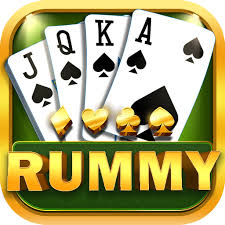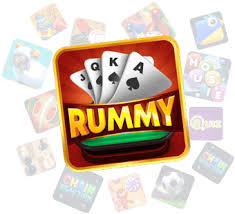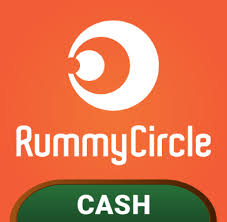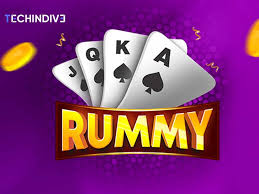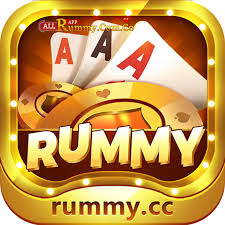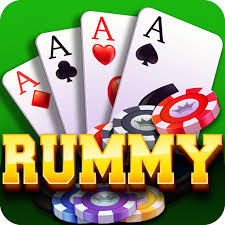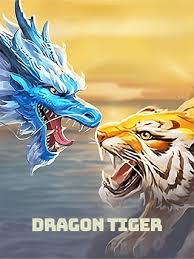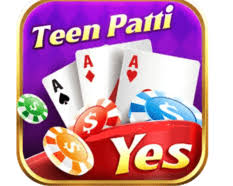Rummy is a classic card game enjoyed by millions worldwide for its simple yet strategic gameplay. Its enduring popularity spans generations, and with the advent of online platforms, rummy has found a new lease on life. This article delves into the origins, rules, variations, and modern appeal of rummy, highlighting why this game remains a favorite among card enthusiasts.
Origins of Rummy
Rummy’s exact origins are somewhat unclear, with various theories suggesting it evolved from different card games across the globe. One popular theory traces its roots to a Mexican card game called Conquian, which dates back to the 19th century. Other theories link it to Chinese card games like Mahjong and the Japanese game Hanafuda. Despite its uncertain origins, rummy has evolved into numerous regional variants, each with its unique rules and strategies.
Basic Rules of Rummy
The fundamental objective of rummy is to form valid sets and sequences with the cards in your hand. Here are the basic rules:
- Deck and Players: Rummy is typically played with one or two standard decks of 52 cards, including jokers. The game can be played by 2 to 6 players.
- Dealing: Each player is dealt a certain number of cards (usually 13 in Indian Rummy). The remaining cards form the draw pile, with the top card placed face-up to start the discard pile.
- Gameplay: Players take turns drawing a card from either the draw pile or discard pile and then discarding one card. The aim is to arrange cards into valid sets (three or four cards of the same rank) and sequences (three or more consecutive cards of the same suit).
- Declaration: Once a player has formed valid sets and sequences, they can declare their hand. The cards are then validated according to the game’s rules. The player with the valid hand wins the game.
Popular Variations of Rummy
- Gin Rummy: Played with 2 players, the goal is to form sets and runs while minimizing the total value of unmatched cards.
- Indian Rummy: Usually played with 13 cards per player, this variant often involves two decks and includes the use of jokers as wild cards.
- Kalooki: A popular version in Jamaica, it involves more elaborate rules and higher stakes.
- Contract Rummy: Played over multiple rounds, each with a specific requirement for sets and sequences.
- Canasta: A game from the rummy family that uses two decks and emphasizes the collection of sets.
Modern Appeal of Rummy
The rise of online gaming platforms has significantly boosted rummy’s popularity. Here’s why online rummy is thriving:
- Accessibility: Players can enjoy rummy anytime, anywhere, thanks to mobile apps and websites.
- Variety: Online platforms offer various rummy variants, catering to different preferences and skill levels.
- Community: Online rummy platforms create a social environment where players can compete against others globally and make new friends.
- Rewards: Many online rummy platforms offer bonuses, promotions, and cash prizes, adding an extra layer of excitement.
- Skill Development: Rummy is a game of skill that requires strategic thinking, memory, and planning, making it both challenging and rewarding.
Conclusion
Rummy’s blend of simplicity and strategy has cemented its place as a beloved card game across the world. Whether played casually with friends and family or competitively online, rummy offers endless entertainment and opportunities for skill development. Its adaptability to various cultures and platforms ensures that rummy will continue to be a favorite for generations to come. Whether you’re a novice or an experienced player, diving into the world of rummy is a delightful and enriching experience.







